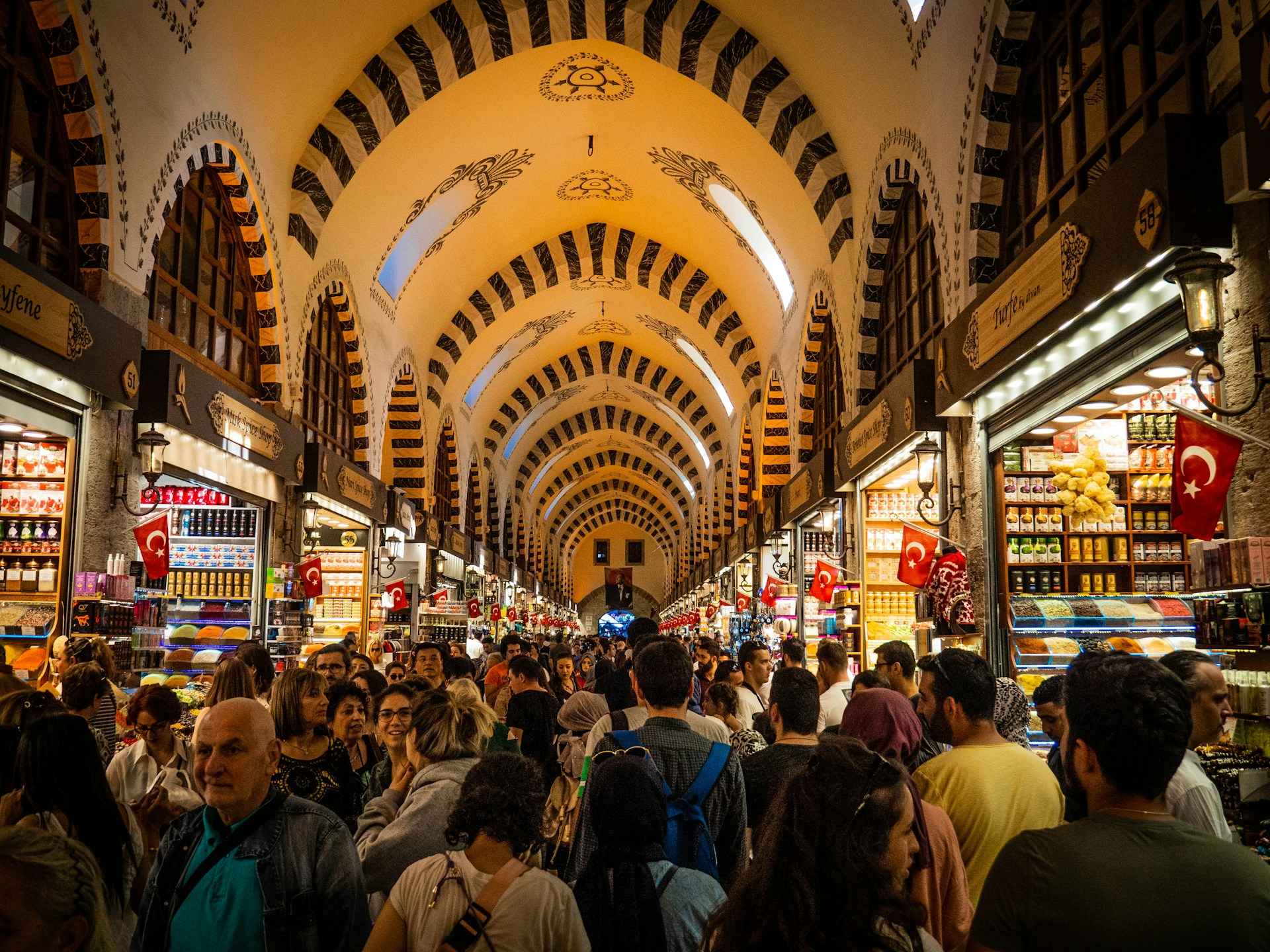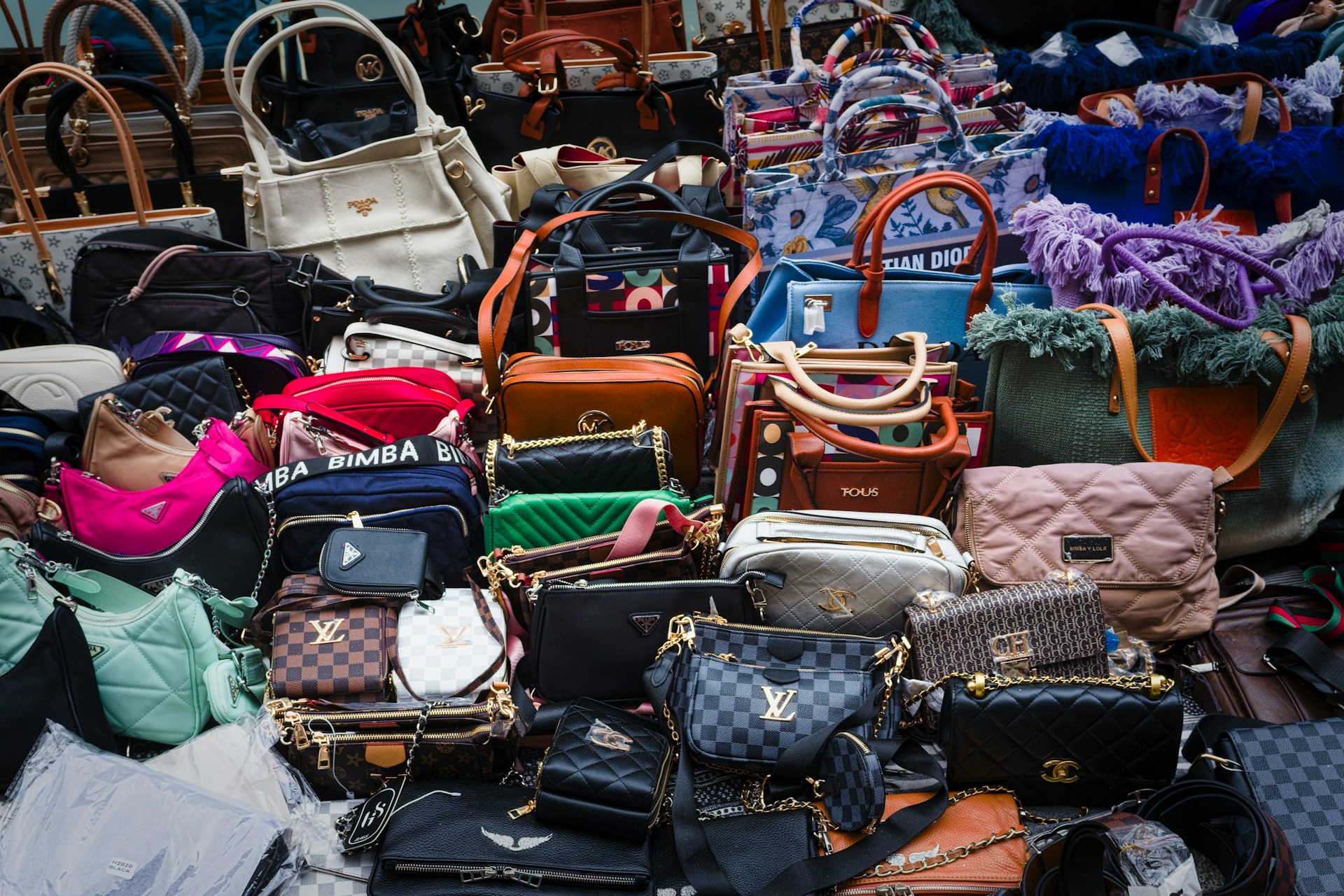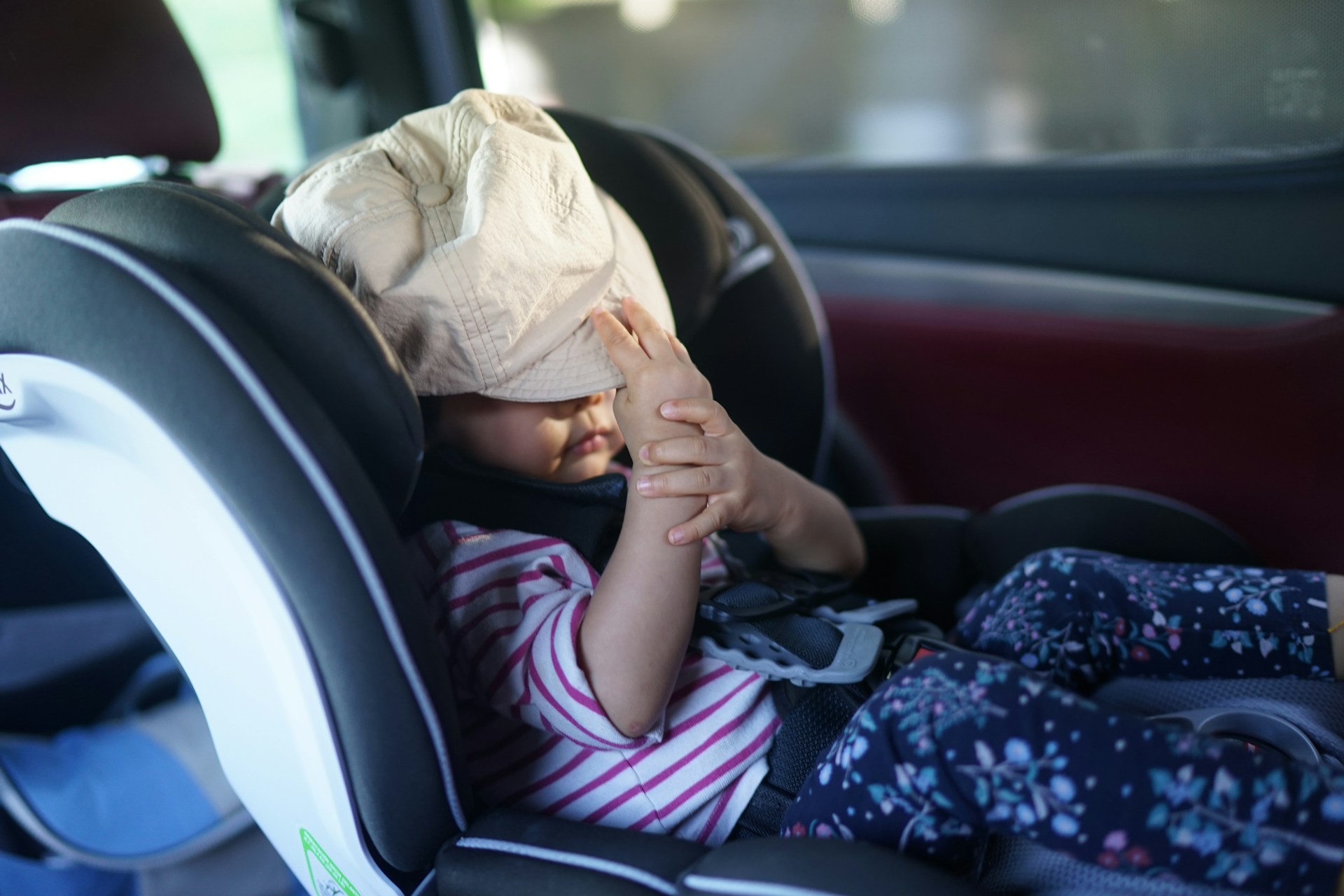The Grand Bazaar in Istanbul is one of the most famous markets in the world, and for many years, it has been a big attraction for both tourists and locals. It is a maze of shops, where people go to buy Turkish carpets, jewellery pieces, spices, souvenirs, and, of course, also fake designer goods.
For a long time now, it has had a reputation for selling high-quality knock-offs of famous brands, including “Gucci,” “Chanel,” “Louis Vuitton,” and “Prada” bags at a fraction of the original prices.
If you are travelling to Turkey soon and planning to get yourself some goods, but are not sure if the Grand Bazaar is still the best place to look in 2025, here is everything you need to know.

While there have been official crackdowns, fake designer bags are still openly sold in the Grand Bazaar in 2025. Some stalls may be more cautious, but you can still see them on display. Walk through certain parts of the market and you will still see “Gucci,” or “Louis Vuitton,” bags hanging in shops or lined up on shelves.
The Bazaar is so large and busy that fake luxury goods continue to be sold without much hiding. Some shopkeepers may still keep higher-quality copies in the back, but plenty of fakes are right there in front of your eyes.
At the same time, it is also full of authentic Turkish products, including carpets, jewellery, ceramics, spices, and handmade leather bags, so you will find both genuine local items and counterfeit goods side by side.
All you have to do is walk into a shop, ask about a specific brand or item, and the shopkeeper will show you what they have. Some shops display a wide range openly, while others may bring out additional pieces if you ask.

The reason fake bags in Istanbul became so famous is because of their quality. Some copies look very close to the real thing, with neat stitching, proper logos, and designs that match the original. There are lower-quality products too, but these are easy to spot as fake.
Of course, the price usually depends on the quality of the bag, the level of detail and the materials used. Simple, low-quality fakes cost less, while better-quality or what they call “first copy” or “mirror copy” versions can cost more.
The good thing is that bargaining is part of the shopping culture, so the first price you hear is almost never the final price. Vendors expect you to negotiate, and with good bargaining skills, you can often lower the cost by 30, 40, or even 50%.
While many people buy them with no risks or problems, here are a few things to keep in mind:
Customs problems - Some countries are very strict about counterfeit goods. If airport security or customs officers find a fake bag in your luggage, especially if you buy in bulk for reselling, they may take it away, fine you, or even charge you.
Poor quality - Even if a bag looks great on the outside, the materials are not the same as the original. Zippers may break, straps may tear, and the bag may not last long.
Legal issues - Selling and buying fake products is technically illegal. While tourists usually don’t face legal trouble in Turkey, you may still want to remember this.
No guarantees - If the bag gets damaged, you cannot return it or ask for a refund. Once you buy it, it is yours.
For many visitors, these are really not a problem and don’t stop them from buying a bag, but it is good to make your decision while considering these risks.


If you want the latest information on the best Hotel Executive Club Lounges, Hotel Kids Clubs and other travel information, be sure to sign up for our free newsletter full of tips and great travel ideas.